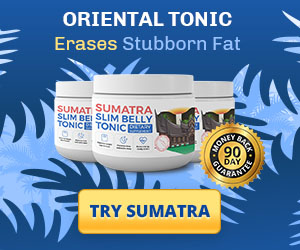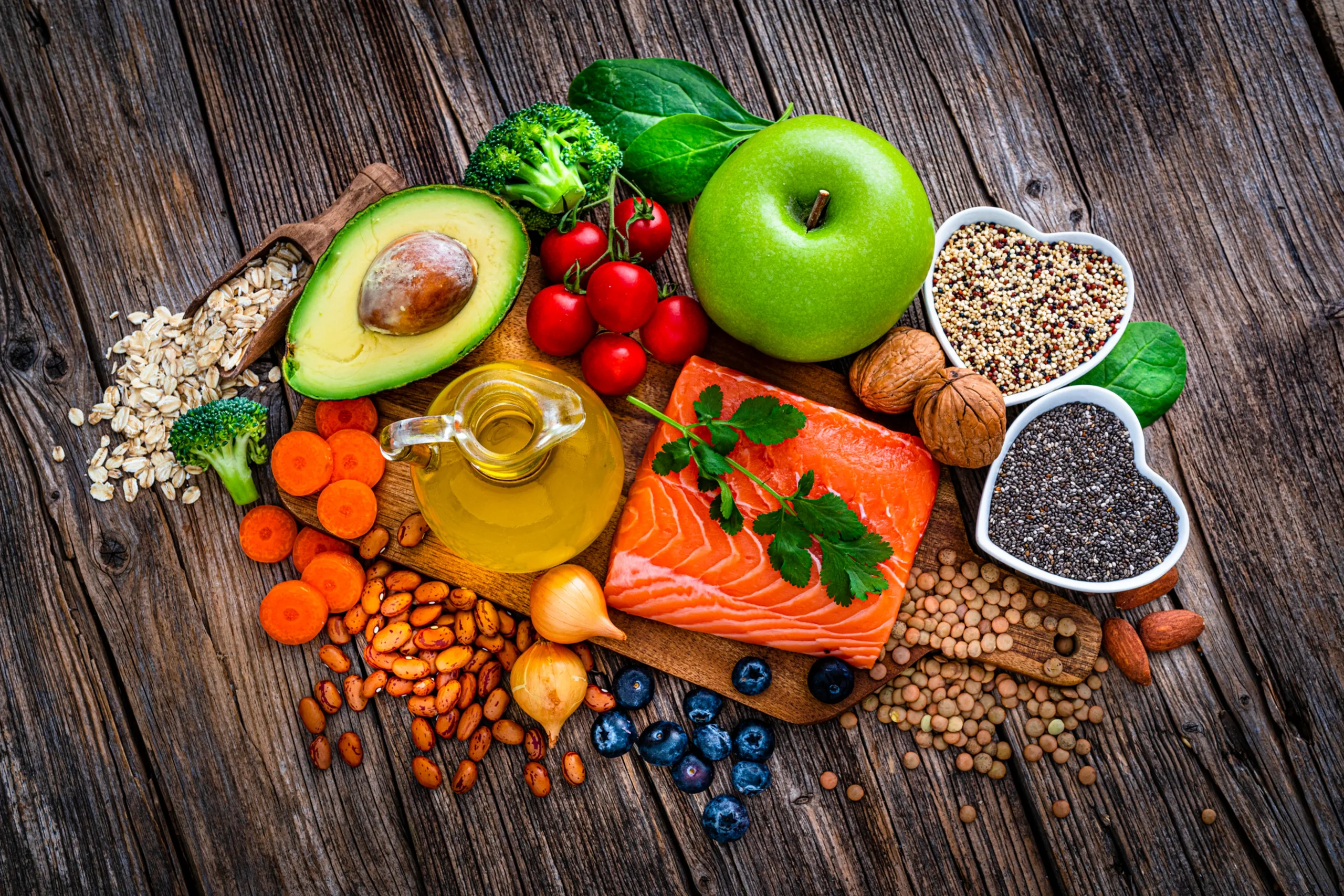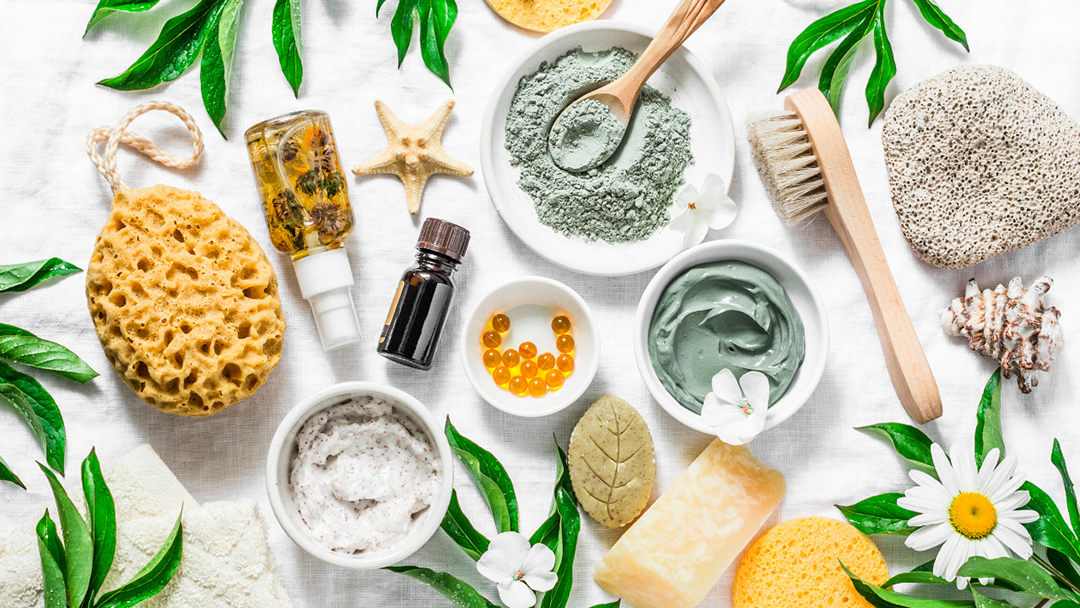Multivitamin Gummies Production Plant Setup: A Comprehensive Cost Model
The global multivitamin gummies market consists of chewable dietary supplements that are charged with key vitamins and minerals aimed at maintaining general health and wellness. The gummies present a handy, enjoyable, and easy-to-swallow option to classic pills or tablets, hence are predominantly preferred by children and adults who do not like taking pills. Offering a range of flavors, forms, and nutrition types, multivitamin gummies reflect the needs of different customers, including immunity, bone health, energy metabolism, and skin health. Spanning a range of distribution channels like pharmacies, supermarkets, online, and specialty stores, and with a wide demographic coverage, the market is experiencing growth driven by increasing health awareness, preventive healthcare, and product innovation. The global multivitamin gummies market reached USD 5,510 Million in 2024. According to IMARC Group, the market is projected to reach USD 13,009 Million, at a projected CAGR of 10.1% during 2025-2033. The global multivitamin gummies market is fueled by growing awareness among consumers towards preventive healthcare and nutritional supplementation. Busy lifestyles and new dietary trends have led to the prevalence of deficiencies in vital nutrients, resulting in demand for convenient-to-swallow supplements such as gummies. Their appealing taste, texture, and range of flavors increase compliance, particularly in children and older populations, rendering them a preferred option over traditional pills. Product formulation innovations like sugar-free versions, vegan and plant-based gummies, and functional blends for immunity, heart health, or beauty are broadening the consumer base. Attractive branding by companies, social media marketing, and physician endorsement are also driving adoption. The COVID-19 pandemic also increased demand for immunity-boosting supplements, fueling growth in the market. Multivitamin gummies have become more easily accessible through e-commerce and enhanced distribution channels, particularly in developing economies. Increasing disposable incomes, urbanization, and increasing emphasis on self-care are likely to drive long-term market growth.
Trending Insights on Multivitamin Gummies: Latest News and Developments
- In July 2025, Plix, a well-known worldwide direct-to-consumer brand for plant-based nutrition and personal care, announced its foray into the children’s market with the launch of Plix Kids, a specific line of safe, plant-based food and mild personal care items for children ages 2 to 12 that are intended to simplify and secure everyday health. The company provides refined sugar-free solutions in protein powders, gummies, and fizzies that are simple to mix and free of dangerous ingredients and maltodextrin.
- In July 2025, the gummy multivitamin One A Day® Kids Multi with Iron, which contains 12 mg of iron per serving, was introduced by One A Day®, a multivitamin and supplement company by Bayer Corporation.
- In June 2025, Dabur makes its internet debut with the nutraceuticals brand “Siens”. Products include Omega-3 softgels, daily pre- and probiotics, multivitamins for men and women, Marine Collagen, and 3-in-1 Hair, Skin & Nails Gummies.
- In May 2024, the wellness company Goli® Nutrition Inc. (“Goli®”), which is well-known for producing the first Apple Cider Vinegar Gummies in history, has introduced its new Matcha Mind Cognitive Gummies to help those who want to put their brain health first.
Case Study on Cost Model of Multivitamin Gummies Manufacturing Plant
One of our clients reached out to us to conduct a feasibility study for setting up a large-scale multivitamin gummies manufacturing plant. We developed a comprehensive financial model for the setup and operation of a proposed multivitamin gummies manufacturing plant in Tehran, Iran. This plant is designed to produce 11,667 kg of multivitamin gummies per day.
Manufacturing Process: Manufacturing multivitamin gummies entails a series of accurate steps for quality and uniformity. To begin with, good-quality raw materials like gelatin, sugar, corn syrup, flavorings, colorants, and acidulants are sourced and transported to the mixing and weighing tanks. In these tanks, some of the raw materials such as glucose syrup, citric acid, starch, and food coloring are weighed and mixed into a uniform blend. This blend is subsequently heated under stirred blending tanks to melt sugar and gelatin under temperature control to retain nutrient activity. The heated gummy solution is poured into molds of selected forms under sanitary conditions, followed by chilling tunnels to set. On setting, gummies are dried at approximately 25 ± 2 °C for desired texture and demolded. They can be sprayed with sugar or oil for added appearance and texture prior to packaging. Lastly, the gummies are subjected to intense quality control tests and are safely packaged for distribution to distributors or retailers. This efficient but highly regulated process guarantees consistent, safe, and attractive multivitamin gummies to the market.
Mass Balance and Raw Material Required: The primary raw materials used in the multivitamin gummies manufacturing plant include gelatin, sugar, glucose syrup, vitamin premix, flavoring agents, coloring agents, citric acid, starch and oil. For a plant producing 1 kg of multivitamin gummies, 0.108 kg of gelatin, 0.497 kg of sugar, 0.338 kg of glucose syrup, 0.045 kg of vitamin premix,0.008 kg of flavoring agents, 0.004 kg of coloring agents, 0.010 kg of citric acid, 0.015 kg of starch and 0.004 kg of oil are required.
Types of Machinery:
- 600L Sugar dissolving cooker
- Rotary pump
- 300L Gelatin melting tank
- Rotary pump
- 800L High speed mixing tank
- Rotary pump
- 800L Storage tank
- Rotary pump
- Continuous vacuum cooker
- Rotary pump
- Dynamic auxiliary material mixer
- Liquid auxiliary material tank
- Liquid auxiliary material pump
- Double heads depositing machine
- Automatic oil spray system
- Extended and reinforced automatic cooling tunnel
- Isolation syrup delivery pipes
- 3D long mold
- Demolding system
- Touch screen stainless steel electrical control cabinet
- Automatic feeding and weighing system
- Drying plates
- Trolley
- Sugar sanding machine (Enlarged)
- Oil coating machine (Enlarged)
- Oil removing machine (Enlarged)
- CIP automatic cleaning system
- Bottle automatic packaging machine
- Clean Room Facility
Techno-Commercial Parameter:
- Capital Investment (CapEx): Capital expenditure (CapEx) in a manufacturing plant includes various investments essential for its setup and long-term operations. It covers machinery and equipment costs, including procurement, installation, and commissioning. Civil works expenses involve land development, factory construction, and infrastructure setup. Utilities such as power, water supply, and HVAC systems are also significant. Additionally, material handling systems, automation, environmental compliance, and safety measures are key components. Other expenditures include IT infrastructure, security systems, and office essentials, ensuring operational efficiency and business growth.
- Operating Expenditure (OpEx): Operating expenditure is the cost incurred to operate a manufacturing plant effectively. Opex in a manufacturing plant typically includes the cost of raw materials, utilities, depreciation, taxes, packing cost, transportation cost, and repairs and maintenance. The operating expenses are part of the cost structure of a manufacturing plant and have a significant effect on profitability and efficiency. Effective control of these costs is necessary for maintaining competitiveness and growth.
_11zon.webp)
- Profitability Analysis Year on Year Basis: The proposed multivitamin gummies plant, with a capacity of 11,667 kg of multivitamin gummies per day, achieved an impressive revenue of US$ 8.2 million in its first year. We assisted our client in developing a detailed cost model, which projects steady growth, with revenue rising throughout the projected period. Moreover, gross profit margins improve from 9.5% to 9.8% by year 5, and net profit rises from 6.2% to 6.8%, highlighting strong financial viability and profitability.
_11zon.webp)
Conclusion:
Our financial model for the multivitamin gummies manufacturing plant was meticulously developed to meet the client’s objectives, providing an in-depth analysis of production costs, including raw materials, manufacturing, capital expenditure, and operational expenses. By addressing the specific requirements of producing 11,667 kg of multivitamin gummies per day, we successfully identified key cost drivers and projected profitability, considering market trends, inflation, and potential fluctuations in raw material prices. This comprehensive financial model equipped the client with valuable insights into strategic decision-making, demonstrating our commitment to delivering high-quality, client-focused solutions that ensure the long-term success of large-scale manufacturing ventures.
IMARC’s Financial Model Expertise: Helping Our Clients Explore Industry Economics
IMARC is a global market research company that offers a wide range of services, including market entry and expansion, market entry and opportunity assessment, competitive intelligence and benchmarking, procurement research, pricing and cost research, regulatory approvals and licensing, factory setup, factory auditing, company incorporation, incubation services, recruitment services, and marketing and sales.
Under our factory setup services, we assist our clients in exploring the feasibility of their plants by providing comprehensive financial modeling. Additionally, we offer end-to-end consultation for setting up a plant in India or abroad. Our financial modeling includes an analysis of capital expenditure (CapEx) required to establish the manufacturing facility, covering costs such as land acquisition, building infrastructure, purchasing high-tech production equipment, and installation. Furthermore, the layout and design of the factory significantly influence operational efficiency, energy consumption, and labor productivity, all of which impact long-term operational expenditure (OpEx). So, every parameter is covered in the analysis.
At IMARC, we leverage our comprehensive market research expertise to support companies in every aspect of their business journey, from market entry and expansion to operational efficiency and innovation. By integrating our factory setup services with our deep knowledge of industry dynamics, we empower our clients to not only establish manufacturing facilities but also strategically position themselves in highly competitive markets. Our financial modeling and end-to-end consultation services ensure that clients can explore the feasibility of their plant setups while also gaining insights into competitors’ strategies, technological advancements, and regulatory landscapes. This holistic approach enables our clients to make informed decisions, optimize their operations, and align with sustainable practices, ultimately driving long-term success and growth.
Source link
Share this article:











